Modern-day segregation evident in public school systems
While The Jim Crow era and Brown v. Board of Education may have been so long ago, it feels as though little to no change has been made in our society to permanently end racism and discrimination. Segregation in public school was said to have ended decades ago, but current times suggest otherwise.
“Today, nearly one-fifth of public schools have almost no children of color, while another one-fifth have almost no white children,” a USA Today article found.
The Supreme Court ruled to end segregation nearly seven decades ago, but schools today still have segregation by race and ethnicity. Even though segregation is not implemented legally/legislatively, it is implemented socially.
Segregation by economic status is reflected and bolstered. Black students are more likely to attend high-poverty schools than white students. In fact, less than one in three white students attend a high-poverty school, compared with more than seven in ten black students.
Modern-day segregation is not only still present, it is possibly getting worse. Segregation today is comparable to segregation of the 1960s and 1970s.
“Before 1954, school segregation was legally sanctioned […],” explained Harvard Graduate Starr Rhee. “However[,] [today] a lot of school segregation happens in a more de facto manner.”
Segregation is not being legally mandated, but it is instead socially mandated. Even though there were laws put into place, these laws are not effective enough considering the current state of our country.
“Fifty three percent of children in the United States attend a school where over 75 percent of the students are over white or over 75 percent of the students are non-white,” says Rhee.
Today, the majority of school segregation happens between school districts rather than within them. This can be seen particularly in our own community.
According to a Baltimore Sun analysis, “ten percent of the schools in Maryland have a higher percentage of black students, nearly all of them in Baltimore City and Prince George’s County.”
Modern-day segregation is not just seen through studies, but also through inference as those of the Parkdale community have noticed this as well.
“I think there’s segregation in public schools,” said senior Lauryn Burwell. “Schools with more minority students tend to be less funded and have lower resources available for students.”
Modern-day segregation also has detrimental effects on students who are not in predominantly white schools or schools with a large presence of white students .
“Predominantly white school districts receive $23 billion more in funding compared with predominantly nonwhite school districts,” says USA Today.
Black students are in economically-segregated schools, and in addition to this large difference in funding, less than one in three white students attend a high-poverty school, compared with more than seven in ten black students
“[One] in eights white students attends a school where a majority of students are Black, Hispanic, Asian, or American Indian,” Economist Emma Garcia found.
Parkdale is believed to be one of these schools impacted by modern-day segregation.
“I do believe that our school is a segregated school because we live in a very diverse area, but our school is majority Black and Hispanic,” said Burwell.
Many affected by modern-day segregation state that the segregation does have an impact on their education.
“The only reason why I believe I’m receiving a quality education is because I’m in a specialty program, but the other students at Parkdale are absolutely not receiving a quality education,” said Burwell. “I believe that some of the schools that get better funding, like Eleanor Roosevelt and Charles Herbert Flowers High School, are receiving a better education.”
A more integrated school system will not only provide academic equality for students of all ethnic backgrounds, but social understanding as well.
“[Students] who attend school in integrated setting harbor fewer prejudices and have less discriminatory attitudes […],” said USA Today. “[Attending] a diverse school helps to counter stereotypes, leading students to seek integrated settings later in life.”
More integration in schools are also shown to have benefits for preparing students for the future.
USA Today also found that “students in diverse classrooms are less likely to drop out and more likely to enroll in college than students in high-poverty, racially segregated schools.”
More work needs to be made for America to have a more progressive society; one of the ways for progress to be made to that goal is if schools become legally integrated.
Your donation will support the student journalists of Parkdale High School. Your contribution will allow us to cover our annual website hosting costs and publish some printed editions, as well.
Destiny Chukwukere is a senior at Parkdale High School. She recently joined the PHS Paw Print during this 2021-2022 school year. She is a clever but funny...

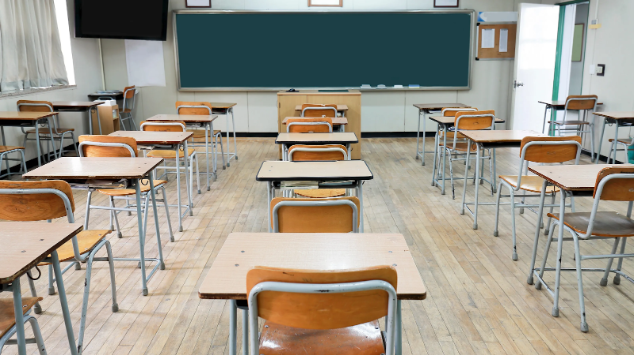
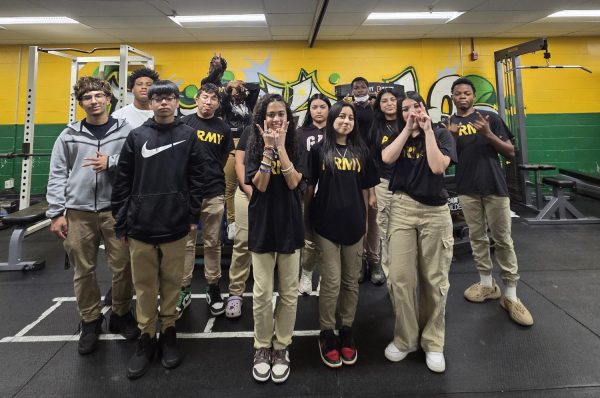
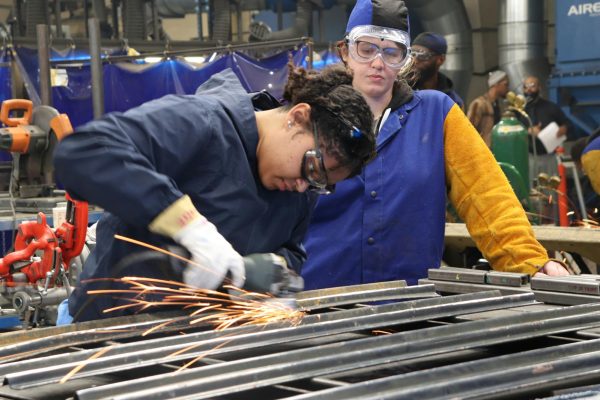




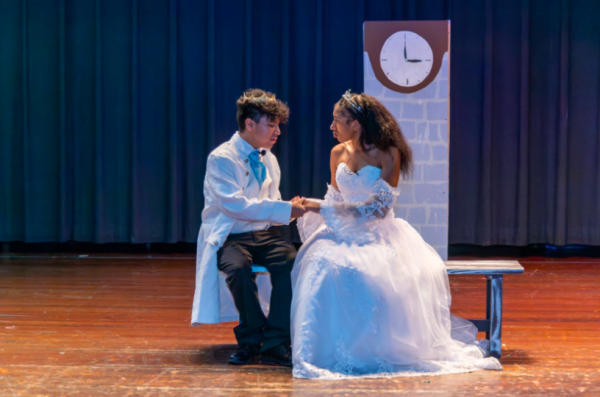
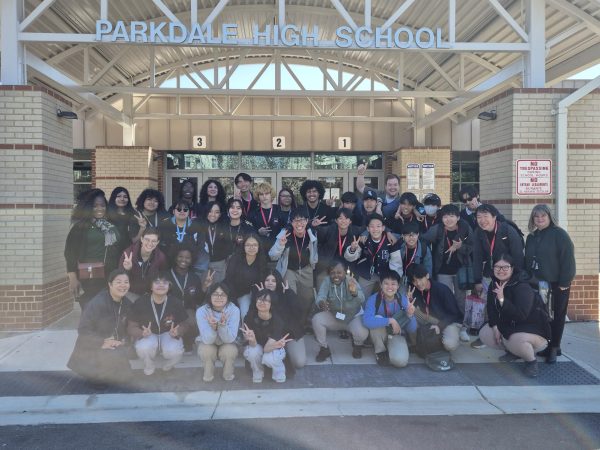



Raphael Gebru • May 19, 2022 at 9:52 am
I agree with this. The way that some African-Americans don’t like Caucasians is kind of hypocritical. Especially when most caucasians these days don’t agree with the ways back in the past. And i’m not saying that some Caucasians don’t dislike African-Americans either because that isn’t true either. People in both races don’t like the other and that isn’t the start of something good.